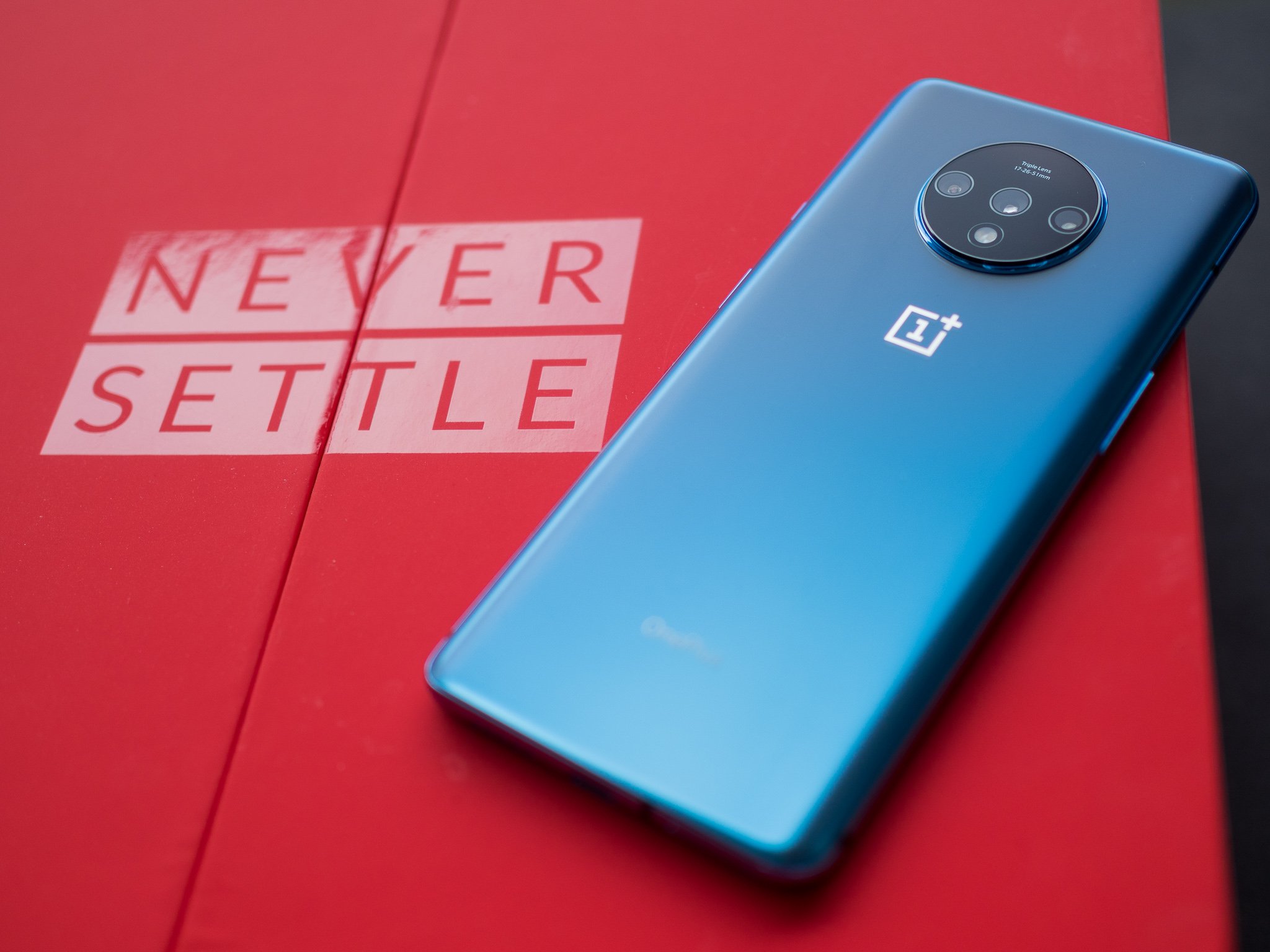Android Central Verdict
Bottom line: The OnePlus 7T continues to be one of the fastest phones in the market today. The Snapdragon 855+ chipset has zero issues in 2020, and the device is still a performance monster thanks to the optimized software and smooth 90Hz AMOLED display. The software has picked up regular updates with bug fixes and security patches, and the cameras have also gotten better over the last six months. For $499, you won't find a better deal in 2020.
Pros
- +
Beautiful 90Hz AMOLED display
- +
Hardware holds up in 2020
- +
No performance issues whatsoever
- +
Clean software with regular updates
- +
Cameras are still decent
Cons
- -
No 3.5mm jack
- -
No wireless charging
- -
Heavy for its size
Why you can trust Android Central
OnePlus launches a new phone every six months, but its products are often designed to last several years. That much was clear to me when I went through the company's back catalog, with devices like the OnePlus 5 series still going strong three years later.
In that context, the OnePlus 7T takes on added significance in 2020, particularly now that the OnePlus 8 series is official. The standard OnePlus 8 retails for $699, $100 more than the 7T. The phone shares a lot of the same fundamentals as the 7T, including the same 48MP camera sensor at the back, same 90Hz AMOLED panel, and 30W wired charging. It is packing Qualcomm's latest Snapdragon 865 chipset and has 5G connectivity as well as a larger 4300mAh battery, but other than that it is mostly the same phone as the 7T.
That's where things get interesting, because the 7T now costs $499, a full $200 less than the OnePlus 8, making it a fantastic option in 2020. With the phone launching just six months ago, let's see how it has held up, and whether it is a better alternative to OnePlus' latest offering.
OnePlus 7T What I still love
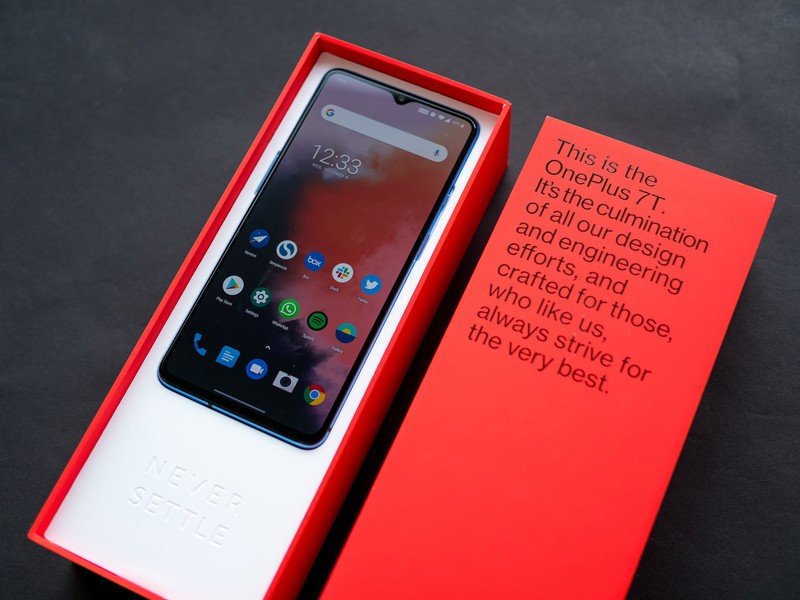
I reviewed the OnePlus 7T when it came out last year, calling it the best OnePlus phone of 2019. I used a lot of phones in the intervening six months — the Pixel 4 XL stood out for its 90Hz display and striking design, the Red Magic 3S showed that we don't need to spend $1,000 to get the latest specs, the Vivo NEX 3 offered an early look at 2020 phone designs, and the Galaxy S10 Lite showed that Samsung can build a good phone at under $500. Then I switched over to the Galaxy S20 and used it as my daily driver for over a month.
Coming back to the OnePlus 7T after all these months, the first thing that's noticeable is just how fluid it is in day-to-day use. Even though the Galaxy S20 has a 120Hz display that's smoother than the 7T's 90Hz panel, the optimizations with OxygenOS make the 7T feel faster. There's a level of immediacy that you just don't get on any other phone, and OnePlus has managed to create what is possibly the best software experience on Android. OnePlus is in a league of its own when it comes to real-world performance.
The OnePlus 7T is one of the last phones of the 4G generation, and that makes it all the more enticing in 2020.
OnePlus devices have always featured great hardware, and the 7T is no different. The phone is powered by Qualcomm's Snapdragon 855+ chipset, and you get 8GB of LPDDR4X RAM and 128GB of UFS 3.0 storage as standard. There's Wi-Fi ac, Bluetooth 5.0, AptX HD, NFC, and a 3800mAh battery with 30W wired charging. There's no wireless charging, IP rating, or a 3.5mm jack here, but you won't find any of those on the OnePlus 8 either.
The OnePlus 7T still holds its own in day-to-day use. There are no slowdowns when browsing or gaming, and there's enough power here to blaze through even the most visually-intense titles. The Snapdragon 855+ is plenty powerful in 2020, and the fact that it is the last flagship chipset of the 4G generation gives it added significance. It should easily last a few years without any issues, and if you're not sold on 5G connectivity yet, you should pick up a phone that has the Snapdragon 855/855+.
Get the latest news from Android Central, your trusted companion in the world of Android
As for battery life, I had no issues getting a day's worth of use out of the 3800mAh battery. I routinely averaged screen-on-time of over five hours over the course of 15 hours, and I never saw the battery fall below 15%. That said, I haven't ventured out all that much of late, and my phone is connected to my home Wi-Fi network throughout the day.

The design holds up very well in 2020, and if anything I prefer the waterdrop cutout on the 7T to the hole-punch cutout on the OnePlus 8. The finish at the back is still fabulous, with the frosted glass design and matte texture making it easy to hold the phone. The device itself is rather large and heavy, with dimensions on par with that of the Galaxy S20+. But that's the case with most phones in the industry today, and on the upside you're getting a 6.55-inch screen that's one of the best in this category.
With Android 10 out of the box, you're guaranteed platform updates to Android 12.
With a vibrant FHD+ AMOLED panel combined with HDR10+ and stereo speakers that get very loud, the OnePlus 7T is an ideal device for streaming TV shows and movies on your phone, and for playing games. OxygenOS was buggy when the device launched, but OnePlus rolled out a series of bug-squashing updates, and the result is that the latest iteration of OxygenOS (10.3.1) is polished and lag-free.
The 7T is the only OnePlus phone with a 90Hz flat display, with the rest of the models sporting curved edges — including the regular OnePlus 8. So if you don't like the feel of a curved screen, the 7T is essentially your only option. Sure, 120Hz panels are the new trend in 2020, but you're not missing out on a whole lot with the 90Hz screen.
The OnePlus 7T also has the distinction of being the first phone with Android 10 out of the box, and that means it will get platform updates to Android 12, just like the OnePlus 8 series. That's a big deal, because even though the 7T launched six months ago it's on par with the company's latest phones in this regard. OnePlus has also done a fantastic job rolling out regular updates over the last six months.
OnePlus 7T What hasn't aged well
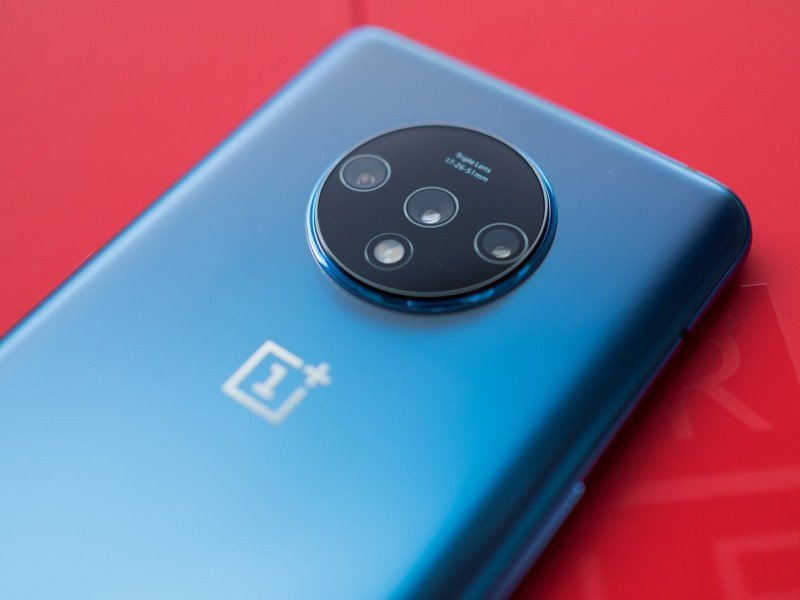
The OnePlus 7T has a 48MP primary shooter backed by a 16MP wide-angle lens and 12MP zoom lens, and while the camera takes decent shots most of the time, it doesn't hold up in low-light scenarios.


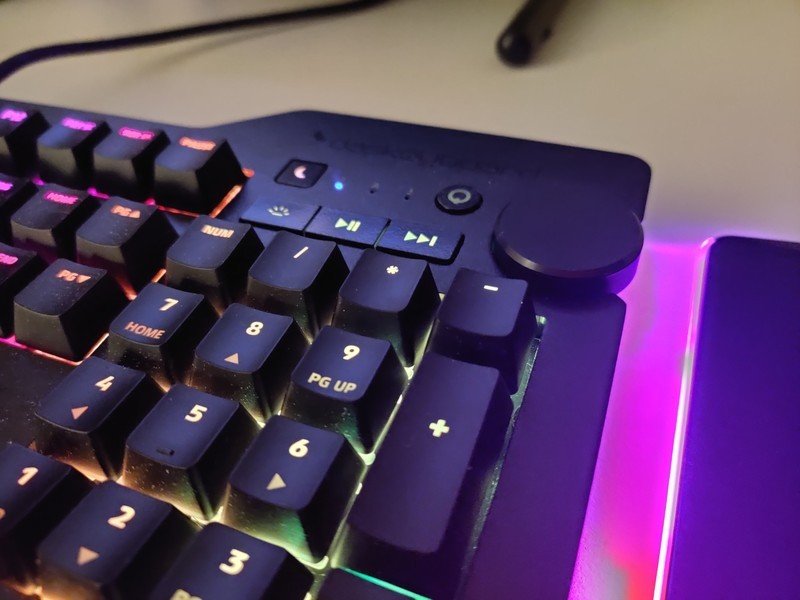
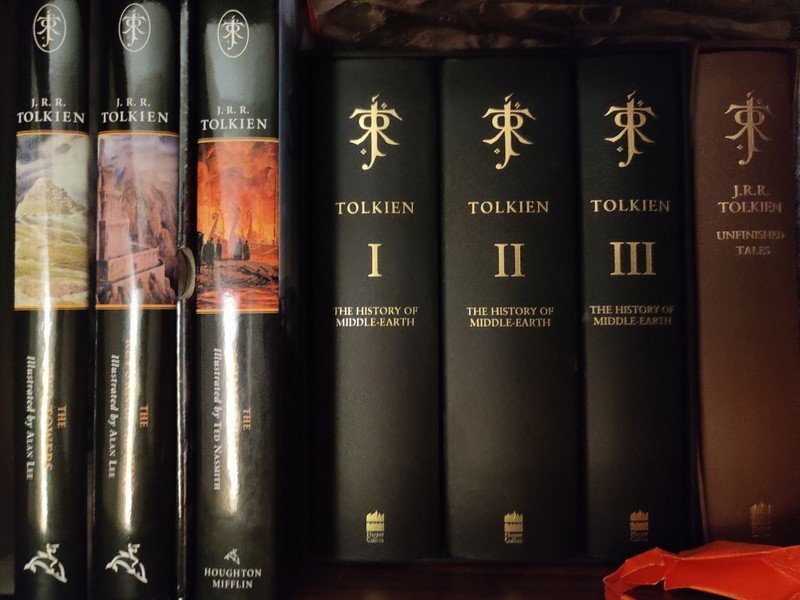
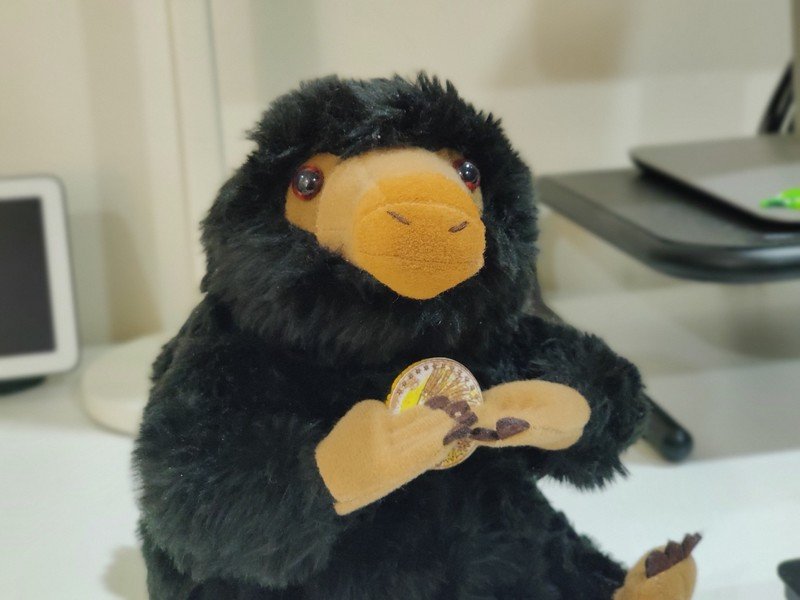
The 7T is a decent phone for most daytime shots, and you get the versatility of the wide-angle and 2x zoom lenses. But in artificial or low-light conditions, you often end up with photos that are noisy and lacking detail. Dynamic range is poor, and while the dedicated night mode makes things better, the camera isn't as refined as it should be for a $500 device. OnePlus has rolled out updates to fix launch-day issues, and the phone has gotten better in this area in the last six months, but there's still a lot of work to be done.
OnePlus is making an ambitious play for services, but it's not offering anything new here.
OnePlus is turning its attention to software services, with the company rolling out its Red Cable Club initiative at the end of last year. Limited to customers in India (for now), OnePlus is offering extended warranty, free cloud storage, and other rewards. On the subject of cloud storage, the company is introducing its own solution for backing up photos, contacts, notes, and on OnePlus devices. The first 5GB is free, and you can upgrade to a 50GB plan by paying ₹75 ($0.99) a month or ₹900 ($11.88) a year.
There's also a 120GB tier that costs ₹140 monthly ($1.99) and ₹1,680 ($23.88) a year, and a 1TB plan for ₹560 ($7.99) a month and ₹6.720 ($95.88) yearly. For context, I pay ₹2,100 ($27) a year for 200GB of cloud storage on Google One, and it does a fantastic job backing up photos and videos, calls, texts, contacts, and app data across all of my devices. I don't see the point of OnePlus' cloud storage service considering there are plenty of alternatives available, but it is clear that the company is looking to add another revenue stream by taking this route.
OnePlus 7T Six months on

Qualcomm's decision to go all-in on 5G has impacted phone costs this year as manufacturers had to integrate additional parts to facilitate 5G connectivity on their devices. We're seeing that play out with the OnePlus 8, with the phone debuting for $100 more than the 7T. OnePlus phones generally see an increase of $30 to $40 with every generation, but that isn't the case this year.
The OnePlus 7T is the best $500 Android phone right now.
That makes the OnePlus 7T that much more exciting. The phone is now available for $499, and the hardware on offer combined with the clean software and performance optimizations make the OnePlus 7T one of the best options in the value flagship segment. Sure, it may have launched six months ago, but the Snapdragon 855+ has more than enough power to last several years, and while the industry is moving to 120Hz panels, the 90Hz AMOLED display on the 7T is still plenty good.
There are zero issues on the hardware side of things, and OnePlus has managed to deliver consistent updates to the phone, squashing bugs and introducing new features. As I've said many times, OxygenOS is the best skin on Android, striking an ideal balance between minimalism and customization.
Overall, you're just getting a solid phone with the OnePlus 7T. It is clear that manufacturers are focusing more and more on 5G-enabled devices, and that means you'll have to pay more to get the same set of features. 5G networks are still in their infancy, and ideally you should wait a few years before you pick up a phone that has 5G connectivity. That's why the OnePlus 7T at $499 is such a fantastic deal: it is the last of the 4G generation, and you're getting most of the same great internals as the OnePlus 8 but for $200 less.
If you don't care about 5G right now, the OnePlus 7T is the phone to buy. The hardware is fast, the software is clean, the refresh rate is high, and the cost is low. Make sure you pick it up while it's still available.
4.5 out of 5
OnePlus made its name in the value segment, and with the 7T now selling for $499, you won't find another Android device that offers the same set of features in this category. The OnePlus 7T marks the end of the 4G-only generation, and if you're not sold on the promises of 5G just yet, this is the phone to get.

The best deal for under $500 in 2020
The OnePlus 7T continues to be one of the fastest phones in the market today. The Snapdragon 855+ chipset has zero issues in 2020, and the device is still a performance monster thanks to the optimized software and smooth 90Hz AMOLED display. The software has picked up regular updates with bug fixes and security patches, and the cameras have also gotten better over the last six months. For $499, you won't find a better deal in 2020.

Harish Jonnalagadda is Android Central's Senior Editor overseeing mobile coverage. In his current role, he leads the site's coverage of Chinese phone brands, networking products, and AV gear. He has been testing phones for over a decade, and has extensive experience in mobile hardware and the global semiconductor industry. Contact him on Twitter at @chunkynerd.
